2026-01-05T10:00:00-08:00
* WHAT...Heavy snow. Snow accumulations of 1 to 3 feet above 8000 feet with up to 4 feet locally on highest peaks. 1 to 4 inches for communities along Highway 395. Ridgetop winds gusting over 100 mph at times. * WHERE...Mono County. * WHEN...From 12 AM PST Saturday to 10 AM PST Monday. * IMPACTS...Travel could be very difficult to impossible. The hazardous conditions will impact weekend travel in and across the Sierra. Strong winds could cause damage to trees and power lines. * ADDITIONAL DETAILS...For this afternoon...snow will continue to taper off, but light snow showers in Mono County may result in additional travel impacts.
Summary
Standing at an elevation of 13,061 feet (3,981 meters), it is the second highest mountain in Yosemite National Park. With its impressive size and stunning views, Mount Dana attracts numerous mountaineers and hikers each year.
During the winter season, Mount Dana experiences heavy snowfall, contributing to its significant snowpack range. Snow depth can vary greatly depending on the year and weather conditions. The mountain's snowpack is crucial for replenishing the surrounding creeks and rivers during the spring and summer months.
One of the notable features associated with Mount Dana is the Dana Fork of the Tuolumne River, which originates from its slopes. This pristine alpine water source receives runoff from the melting snow and adds to the flow of the Tuolumne River. The river provides important water resources for the park and surrounding areas.
As for the name and history of Mount Dana, it was named after James Dwight Dana, an American geologist and mineralogist who conducted significant research in the Sierra Nevada region during the mid-19th century. There are no specific legends or folklore associated with the mountain, but its majestic presence and challenging terrain have inspired many adventurers throughout history.
Weather Forecast
Regional Streamflow Levels
38
Cubic Feet Per Second
0
Cubic Feet Per Second
26
Cubic Feet Per Second
7
Cubic Feet Per Second
Area Campgrounds
| Location | Reservations | Toilets |
|---|---|---|
 Tioga Lake
Tioga Lake
|
||
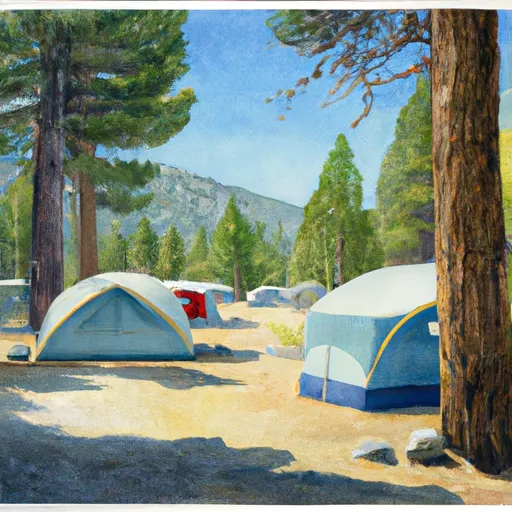 Tioga Lake Campground
Tioga Lake Campground
|
||
 Ellery
Ellery
|
||
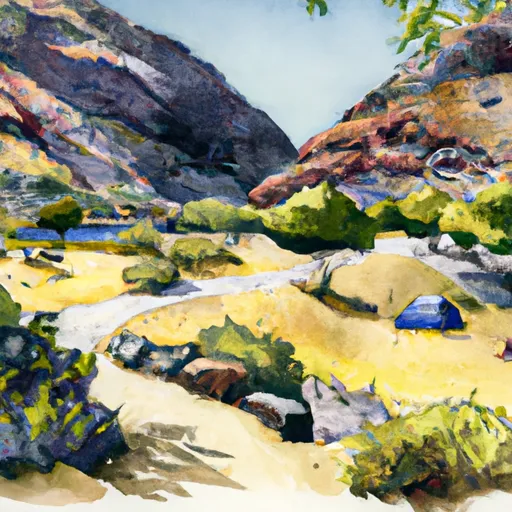 Ellery Lake Campground
Ellery Lake Campground
|
||
 Junction
Junction
|
||
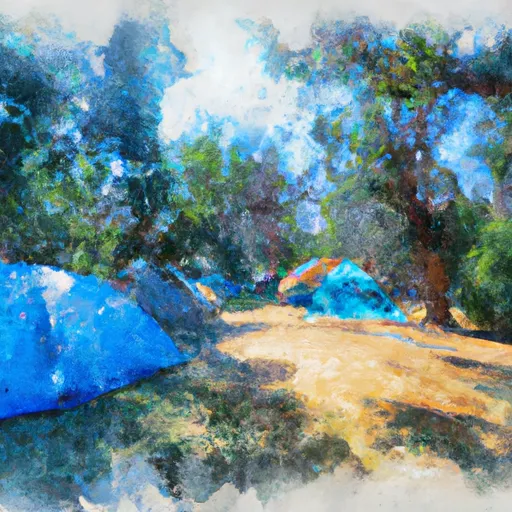 Junction Campground
Junction Campground
|

 Alpine Lake
Alpine Lake
 Grant Lake
Grant Lake
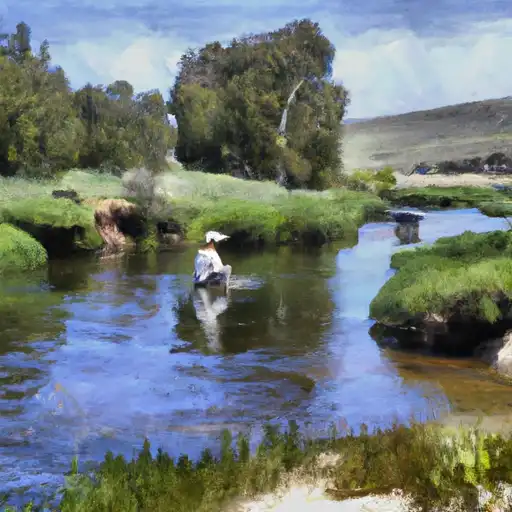 Rush Creek
Rush Creek
 Evelyn Lake
Evelyn Lake
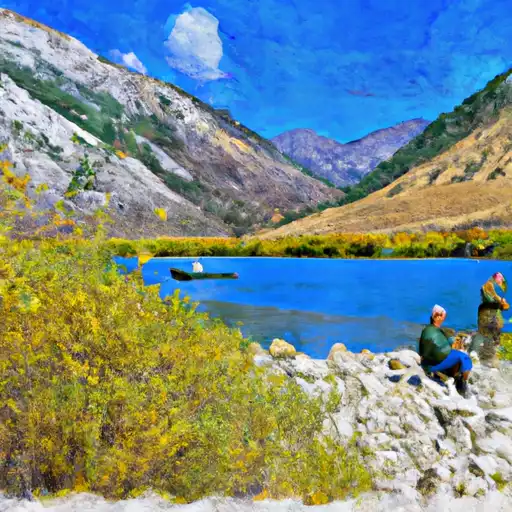 Lundy Lake
Lundy Lake